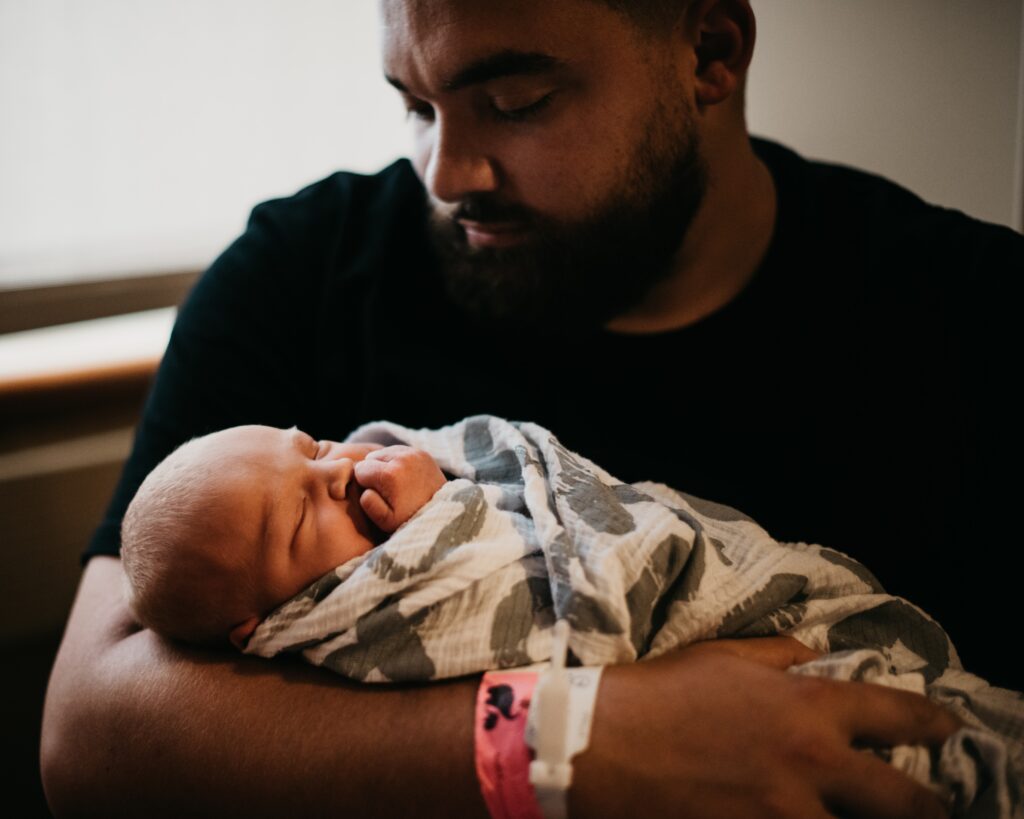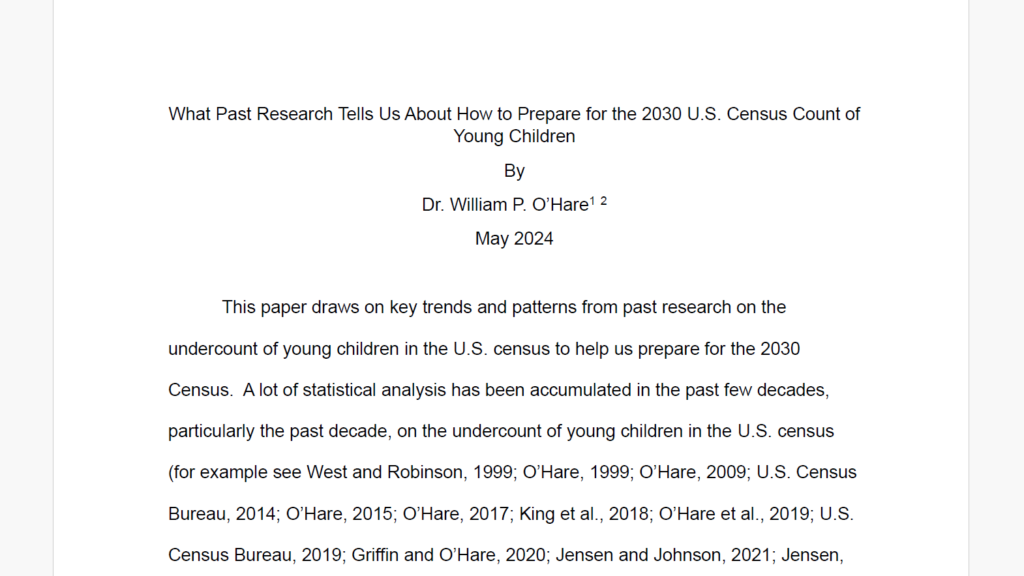Probably the most important point in this paper is made in Figure 1 which shows a steady increase in the undercount of young children since 1980. What we have been doing for the past forty years is not working. The Census Bureau needs to try new strategies specifically focused on counting young children. Unless we do something very different in the 2030 Census from what we have done in the past forty years, we should expect the coverage of young children to continue to deteriorate.
Nearly as important is Figure 2, which shows that there is almost no correlation between the undercount rates of young children and the coverages rates of the total population across states. General improvements in counting everyone are very unlikely to improve the coverage of young children. Over the past 40 years, the census accuracy of young children has been very different than that of adults and even different than older children. This is another reason young children deserve to be a separate focus in the census, not only separate from adults but separate from older children.
One can characterize the evidence on the undercount of young children in the U.S. census as follows:
- We have pretty good evidence about the characteristics of young children who are most likely to be undercounted in the census. Coverage differentials by age, race/ethnicity, and location are well documented.
- Evidence about why young children are missed in the census is beginning to emerge. Some evidence suggests that parents and caregivers choose to leave their young children off the census roster, or do not know if they should include them. Other evidence shows young children over-represented in the kinds of households that are hard-to-count.
- There is no solid statistical evidence about actions that could be taken to get a more accurate count of young children in the census.
This last bullet should be the focus for the Census Bureau efforts between now and 2030. It is critical to develop and test new approaches to reducing the undercount of young children soon so they can be incorporated into the 2030 Census plan. In particular, the Bureau needs to identify and develop innovative approaches now so that they can include them in the 2026 Census Test. So far, the Bureau has discussed its plans for the 2026 Census Test in such general language that we cannot tell whether the current plans for the 2026 test census include innovative new strategies for counting young children.
The establishment of the Young Children Working Group within the Census Bureau in 2021 is a positive sign (Jensen 2022). And the fact that this team is a cross-directorate undertaking which includes representatives from many different Census Bureau units is encouraging.
Nonetheless child advocates are aware that the undercount of young children has been an issue for more than 40 years, but attention for this issue within the Census Bureau has only occurred in the past few years. There have been a number of incidents in the past which suggest some parts of the Census Bureau are not yet adequately focused on this issue.
Because new and innovative strategies are required, it is important to make sure everyone involved in 2030 Census planning is aware of the undercount of young children issue and of what we know so far, so all the relevant units can be actively engaged in identifying and testing new strategies. Lack of good communication across Census Bureau units led to missed opportunities in the past. In the context of the young child undercount, one Census Bureau report on the undercount of young children in 2010 (U.S. Census Bureau 2014, page 1) concluded, “The task force found that many of the managers working on the development of methods and the design of experiments and evaluation in 2010 were largely unaware of this undercount problem and especially the degree to which the problem existed in 2000.”
We need substantial and innovative changes if we want to improve the coverage of young children in the 2030 Census and we need to test such changes soon in order to imbed them into the 2030 Census operations. Child advocates would be encouraged if the Census Bureau could indicate what they plan to do in 2030 that is different than what they have done for the past several censuses regarding the undercount of young children.
The bottom line is summed up well by a recent recommendation from the National Advisory Committee to the Census Bureau (2024):
“The recent U.S. Census Bureau’s release of state and county experimental estimates of undercounts and overcounts of young children is useful, but does not address the key question; what can be done to get a more complete count of young children in the 2030 Census? The current methods employed by the U.S. Census Bureau to identify and count young children have not worked. The problem is getting worse. The Census Bureau needs to test new methods, operations, and strategies to improve the undercount of young children. Such changes need to be well-tested before they are used in the 2030 Census.11. Recommendation: the NAC Recommends that the U.S. Census Bureau report to the NAC and the public on what they plan to do differently in the 2030 Census to improve the count of young children and what research and testing will take place to inform operations,”.









